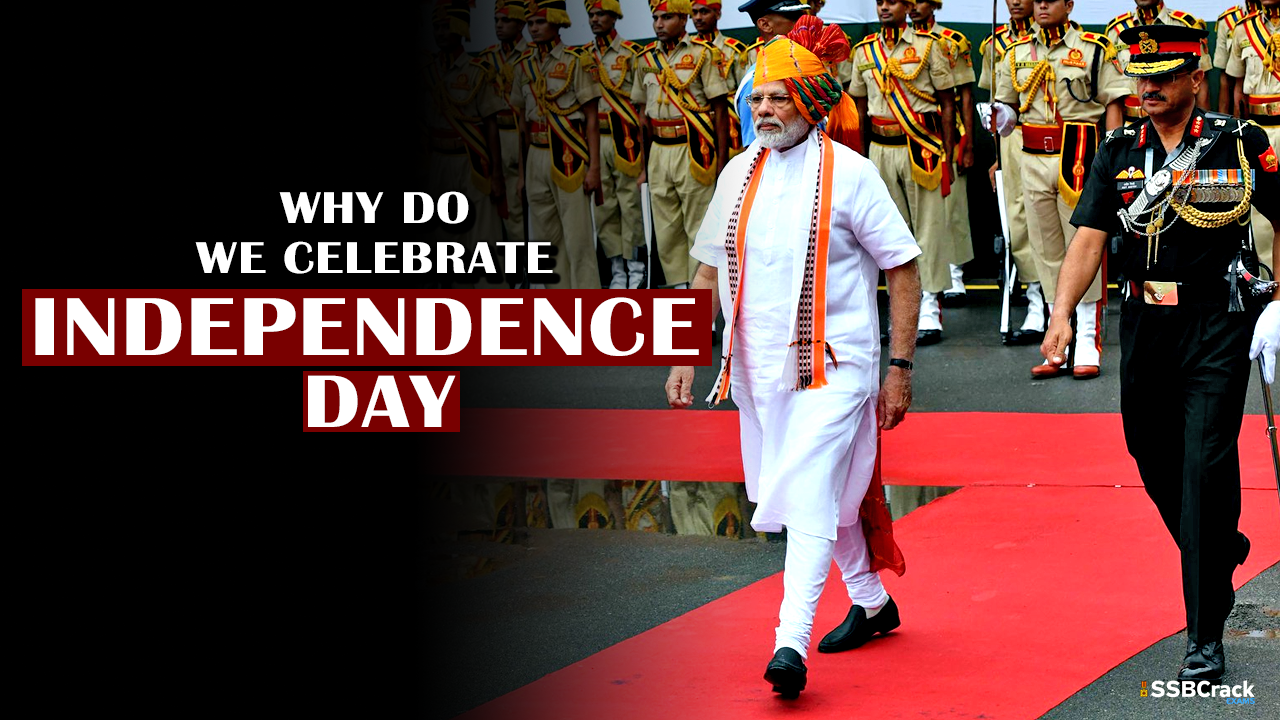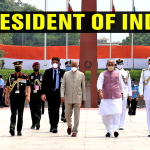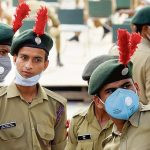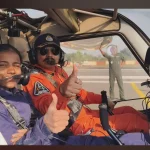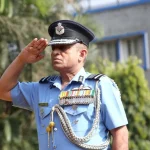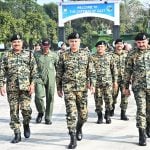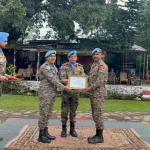Independence Day is a reminder of the sacrifices of our freedom fighters who stood up against the colonizers and even suffered harsh consequences unflinchingly, so that the we could breathe in free air. Slaving for 200 years and claiming back our country makes us marvel at the great leaders. The Independence Day of India is celebrated religiously throughout the Country on the 15th of August every year. It was the same day in 1947 that India was declared independent from British colonialism. India will celebrate its 74th Independence Day this year.
Celebration
On the eve of Independence Day, the President of India delivers the “Address to the Nation”. The Prime Minister hoists the Indian flag on the ramparts of the historical site of Red Fort in Delhi. The speech is followed by march past of divisions of the Indian Armed Forces and paramilitary forces.
History
It started with the advent of Europeans in India. First the East India Company came for Economic expansion later changed its motives. After the battle of Plassey in 1757, the British achieved political power in India. And their paramountcy was established during the tenure of Lord Dalhousie, who became the Governor- General in 1848. First War of Independence of 1857, the Government of India Act 1858 led the British Crown to assume direct control of India. Consequent to the failure of the Revolt of 1857 rebellion, one also saw the end of the East India Company’s rule in India and many important changes took place in the British Government’s policy towards India which sought to strengthen the British rule through winning over the Indian princes, the chiefs and the landlords.

In the meantime, civic society gradually emerged across India, most notably the Indian National Congress Party, formed in 1885. The foundations of the Indian National Movement were laid by Suredranath Banerjee with the formation of Indian Association at Calcutta in 1876.
The Indian Independence Movement
- First is the Non-Cooperation Movement which was pitched in under leadership of Mahatma Gandhi. After a series of events including the Jallianwala Bagh Massacre, Gandhiji realized that there was no prospect of getting any fair treatment at the hands of British, so he planned to withdraw the nation’s co-operation from the British Government.
- NCM was followed by Civil Disobedience Movement in 1929. The aim of this movement was a complete disobedience of the orders of the British Government. On 26th January 1930, meetings were held all over the country and the Congress tricolour was hoisted. The British Government tried to repress the movement and resorted to brutal firing & killing. Thousands were arrested along with Gandhiji and Jawaharlal Nehru.
- During this time, Bhagat Singh, Sukhdev and Rajguru were arrested on the charges of throwing a bomb in the Central Assembly Hall, to demonstrate against the autocratic alien rule. They were hanged to death on March 23, 1931.
- In August 1942, Gandhiji started the ‘Quit India Movement’ and decided to launch a mass civil disobedience movement ‘Do or Die’ call to force the British to leave India. The movement was followed, nonetheless, by large-scale violence directed at railway stations, telegraph offices, government buildings, and other emblems and institutions of colonial rule.
The Independence & Partition
After WW 2, the Labour Party, under Prime Minister Clement Richard Attlee, came to power in Britain. The Labour Party was largely sympathetic towards Indian people for freedom. A Cabinet Mission was sent to India in March 1946, which after a careful study of the Indian political scenario, proposed the formation of an interim Government and convening of a Constituent Assembly comprising members elected by the provincial legislatures and nominees of the Indian states. An interim Government was formed headed by Jawaharlal Nehru. June 3, 1947 Lord Mountbatten presented a plan for the division of India into India and Pakistan.
Thus, India became free at the stroke of midnight, on August 14, 1947. (Since then, every year India celebrates its Independence Day on 15th August). Jawaharlal Nehru became the first Prime Minster of free India and continued his term till 1964. Giving voice to the sentiments of the nation, Prime Minister, Pandit Jawaharlal Nehru said,
“Long years ago we made a tryst with destiny, and now the time comes when we will redeem our pledge, not wholly or in full measure, but very substantially. At the stroke of the midnight hour, when the world sleeps, India will awake to life and freedom. A moment comes, which comes but rarely in history, when we step out from the old to the new, when an age ends and when the soul of a nation, long suppressed, finds utterance…. We end today a period of ill fortune, and India discovers herself again.”
India After Independence
- The Constitution of India was adopted by the Constituent Assembly on 26th November 1949. On January 26, 1950, the Constitution came into force and Dr. Rajendra Prasad was elected the first President of India.
- We adopted several national symbols:
- National Flag: The design of the National Flag was adopted by the Constituent Assembly of India on 22 July 1947.
- National Anthem: Jana-gana-mana, composed originally in Bengali by Rabindranath Tagore, was adopted in its Hindi version by the Constituent Assembly as the National Anthem of India on 24 January 1950.
- National Song: It was adopted as the National Song of India in October 1937 by the Congress Working Committee prior to the end of colonial rule.
- State Emblem: The Lion Capital of Ashoka as state emblem was adopted by the Government of India on 26 January 1950.
Freedom came with Partition which resulted in large scale communal violence & riots. In initial few years of independence, India faced daunting challenges concerning national unity & territorial integrity.
Post-Independence Consolidation & Restructuring of India:
- Integration of Princely States
- Tribal Integration in India
- Linguistic Reorganization of States.
Economic & Diplomatic Development of India: History of India’s economic growth is divided into two phases –
- First 45 years after independence
- 3 decades of free market economy (1991)
The years before the economic liberalization were mainly marked by instances wherein economic development got stagnated due to a lack of meaningful policies.
Major developments:
- It has built a Modern Economy (World’s fifth-largest economy).
- Remained a Democracy
- Lifted millions out of Poverty
- Became a Space and Nuclear Power
73 years ago, on this day, we took steps to become one of the largest democracies in the world, overcoming a plethora of challenges to earn global recognition. India has come a long way since Independence and still has a long way to go.
JAI HIND!

